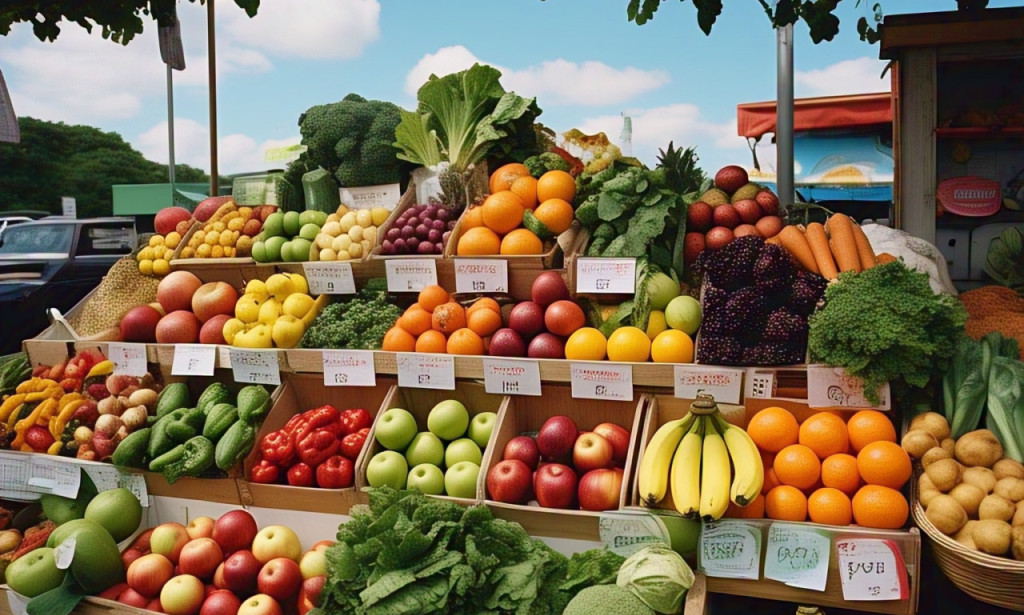Fruits and vegetables are essential components of a healthy diet, providing a wide array of nutrients that contribute to overall well-being. This article explores their nutritional benefits and categorizes various types of fruits and vegetables.
Nutritional Benefits
1. Vitamins and Minerals
Fruits and vegetables are rich sources of essential vitamins and minerals, including:
Vitamin C: Found in citrus fruits, strawberries, and bell peppers, it supports the immune system and skin health
Vitamin A: Present in carrots, sweet potatoes, and spinach, it is crucial for vision and immune function.
Potassium: Abundant in bananas, potatoes, and avocados, it helps regulate blood pressure and supports heart health.
2. Antioxidants
Many fruits and vegetables are high in antioxidants, which help combat oxidative stress in the body. Key antioxidants include:
Flavonoids: Found in berries, apples, and onions, they may reduce inflammation and lower the risk of chronic diseases.
Carotenoids: Present in carrots, tomatoes, and leafy greens, they contribute to eye health and may reduce the risk of certain cancers.
3. Dietary Fiber
Fruits and vegetables are excellent sources of dietary fiber, which aids in digestion and promotes a feeling of fullness. Benefits include:
Digestive Health: Fiber helps prevent constipation and supports a healthy gut microbiome
Weight Management: High-fiber foods are often low in calories, making them ideal for weight control.
4. Low in Calories
Most fruits and vegetables are low in calories but high in nutrients, making them perfect for maintaining a healthy weight. They provide bulk without excess calories, allowing for satisfying meals.
5. Hydration
Many fruits and vegetables have high water content, contributing to hydration. For example, cucumbers, watermelon, and oranges can help meet daily fluid needs.
Types of Fruits and Vegetables
Fruits and vegetables can be categorized based on their botanical characteristics and culinary uses.
1. FruitsFruits are typically sweet or tart and are often consumed raw. They can be classified into several categories:
Citrus Fruits: Oranges, lemons, limes, and grapefruits are rich in vitamin C and flavonoids.
Berries: Strawberries, blueberries, raspberries, and blackberries are high in antioxidants and fiber.
Stone Fruits: Peaches, plums, cherries, and apricots contain vitamins A and C.
Tropical Fruits: Pineapples, mangoes, bananas, and papayas are often high in vitamins and minerals.
Melons: Watermelon and cantaloupe provide hydration and are low in calories.
2. Vegetables
Vegetables can be divided into various groups based on their edible parts:
Leafy Greens: Spinach, kale, and Swiss chard are nutrient-dense and high in vitamins A, C, and K.Root
Vegetables: Carrots, beets, and radishes are rich in fiber and essential nutrients.
Cruciferous Vegetables: Broccoli, cauliflower, and Brussels sprouts contain glucosinolates, which may have cancer-fighting properties.
Legumes: Beans, lentils, and peas are excellent sources of protein and fiber.
Alliums: Garlic, onions, and leeks have anti-inflammatory properties and may support heart health.

You must be logged in to post a comment.